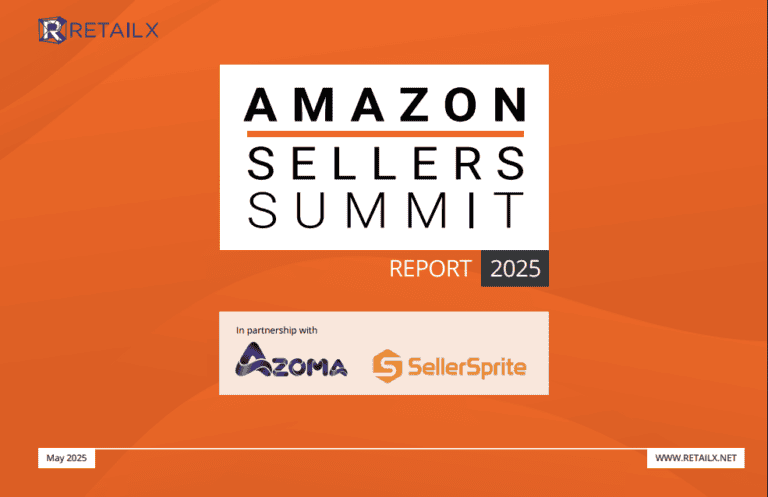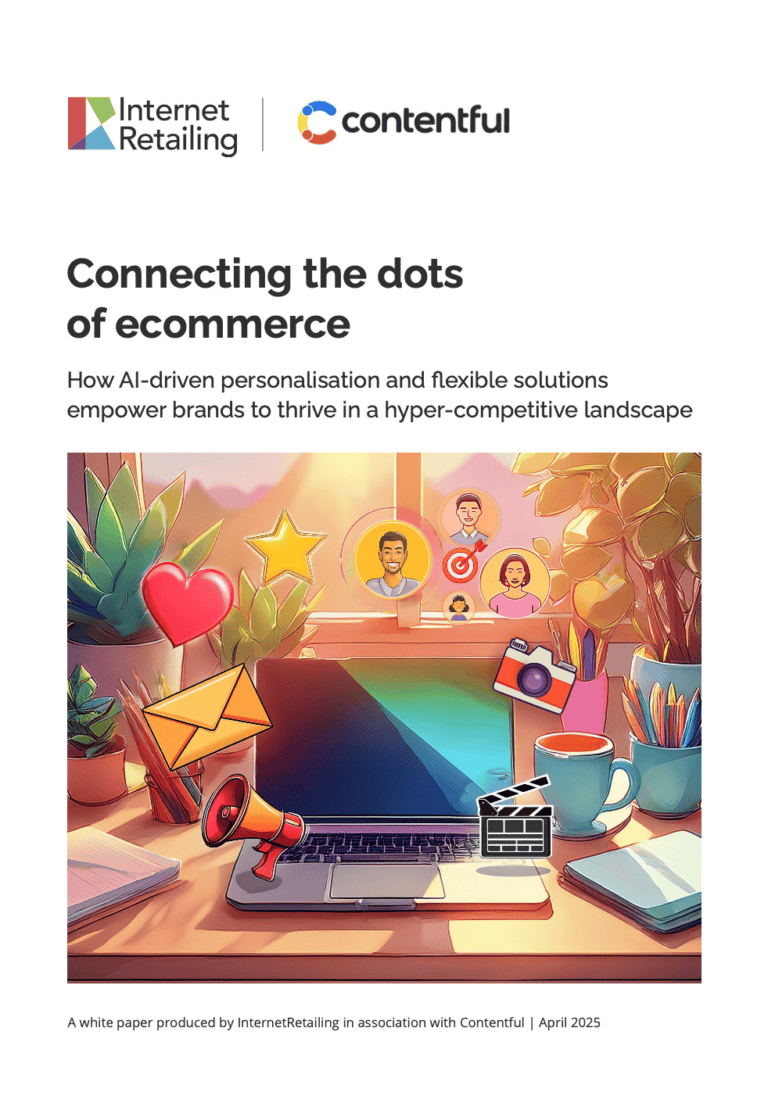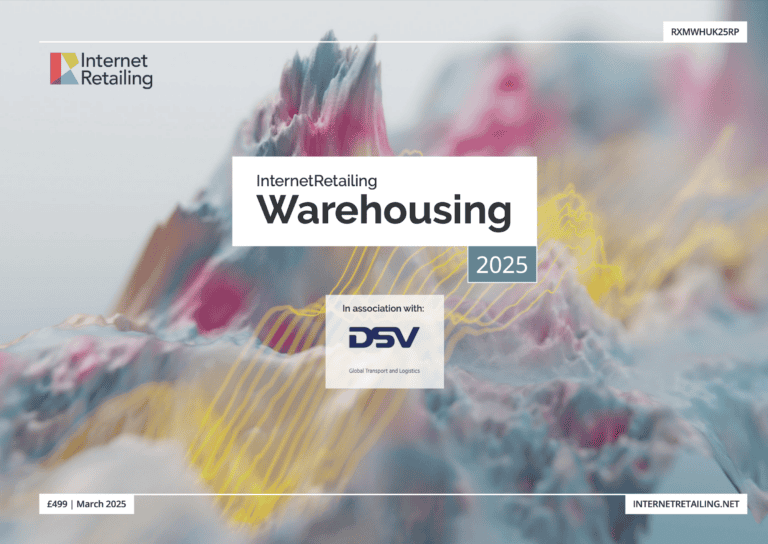After weeks of rent negotiations, now Mike Ashley, head of Sports Direct and now owner of House of Fraser has sacked the HoF board and high level directors. This gives the retailer an unprecedented opportunity to make a radical change at the top and for those new directors to reshape retail for the 21st Century. So what should they do first?
While the whole industry is watching with bated breath, what should a new board of directors at House of Fraser be prioritising to resurrect the brand and turn the ailing department store into Ashley’s vision of ‘The Harrods of the High Street’?
For starters, House of Fraser was at the vanguard of the digital revolution and managed to get itself ahead of the game in a number of key areas. For example, it created a very responsive delivery service, including superfast click and collect; it was one of the first retailers to champion in-store apps; and it was constantly trialling new initiatives including the stockless, digital store.
In short, House of Fraser was lauded as one of the first organisations to put customers at the heart of their structure and were consistently rated as one of the top digital players in the UK. Yet, things went wrong. So what should a new board be looking to do when they take their place in the boardroom?
Curate the range
One of House of Fraser’s biggest issues as a retailer is that it is a department store and, so, a purveyor of other people’s goods. This is the same issue for many other retailers long dead, such as Woolworths, and in their death throes (perhaps), such as Debenhams. This is not so much anathema in ecommerce, but makes things tricky.
David Kohn, customer and ecommerce director at Heal’s, offers his view: “First, as digital retail develops it becomes more and more difficult to succeed as a purveyor of other people’s brands. In product, HoF has to change the balance of what it offers, so that own brand or proprietary product becomes a much greater part of the mix.
Kohn believes that, whilst this is primarily about product development and sourcing – the latter of which is possibly the core competence of Sports Direct – there’s also a big digital job to do to ‘sell’ this to their customers. Marketing budgets and content resource must be reoriented to supporting their own brands and products and constantly reinforcing the value proposition.
The answer, believes, Kohn, lies in trying to make a strength of this. “Assuming that supplier brands will continue to be a significant part of the mix, I would suggest that their role becomes both general arbiter of taste – come to us because we’ve done the work of identifying what’s hot and what’s not – and specific personal ‘advisor’ – and we can tailor this selection to suit you.”
He continues: “This means investing more in content through all channels that constantly delivers the message that (for the right audience of course) they’re on trend, up-to-date and, most importantly, worth listening to. And also investing in the right personalisation technology to enable them to provide 121 (or close to it) style recommendations.”
Get the audience right
While targeting how it positions itself and its business model is critical, whom it is aiming at is also going to be a key to getting HoF back up and running.
“The owners of Sports Direct have now got a business on their hands that is born out of a 170 years of history and a number of acquisitions of independent department stores. The brand has carried a positive image, especially in the local communities where stores are located, albeit often for an older generation who have always known the brand. House of Fraser’s offering is arguably yet to engage with younger generations effectively and is by nature a generalist rather than a specialist and so it needs to set out its future place in the market,” warns Andy Burton, CEO of Tryzens.
And Burton is right. Whilst House of Fraser had a fairly modern website, based on good technology and with some evident multi-channel capability, its offer did not consistently reflect a business in tune with its customer or the challenge of creating footfall through the physical department stores.
“Whilst not technology shy, arguably the focus for the new directors is more about the business strategy and it’s commercial execution,” Burton says. “You can have the best technology stack in the world but you have to have the right business model to succeed and to be able to leverage the benefits that technology can bring.”
To be fair, believes Burton, HoF has invested in consumer-facing technology to enable more digitally savvy consumers to engage with them, often ahead of its peers. However, whether driven by economics, stock levels or breadth of range, I am not sure the retail strategy, consumer segmentation or back-end capability has enabled a cohesive plan to thrive to optimise sales.
“I believe the new directors of HoF won’t need to start from a blank page in terms of technology, but need to ensure they are optimising their investment,” Burton Advizes.
And that means data
Understanding the audience is clearly key – and that means analysing and acting on data, historical and what is then generated once the business re-opens its doors.
“If House of Fraser is to revamp itself, the modern values of consumers need to be at the heart of everything they do,” says Patrick Munden, Global Head of Retail and Marketing at Wunderman Commerce (formerly Salmon). “This means collecting and using primary data to enable genuine personalisation for customers, and a curated experience of brands and products in such a way that matter to each individual but also highlights the connection to House of Fraser.”
This will drive how it segments and markets, it will also be crucial in how to any curation that it seeks to undertake. “HoF could potentially unlock further benefit by understanding its customer behaviour through the use of data harvesting applications to crack the customer engagement code,” says Tryzens’ Burton. “This would help them make informed choices to delight their customers with personalised and relevant experiences to improve sales through better conversion rates and larger basket size. This also provides opportunity to hone the overall inventory and stock management, improve customer services and reduce the cost base.”
Optimising omni-channel
Of course, optimising omni-channel – a process that House of Fraser certainly started to get to grips with – will be the aim of the board in restarting the engine. Wunderman’s Munden says that: “Combined with the physical and logistical elements such as options for quick home delivery, online purchase collection and returns, retailers need to bring all these elements together to create a unified and superior experience that warrants customer loyalty and longevity in a demanding digital retail environment.”
Before it closed its doors, House of Fraser offered click and collect, however, there was a flat rate charge of £4.99 – the same price as home delivery. Whilst not an excessive charge, in the competitive landscape, there was no incentive for customers to use Buy and Collect from convenience or cost perspective, therefore discouraging the use of the department stores as delivery points and reducing the opportunity for upsell.
“To incentivise this scheme and draw in new customers,” says Burton, “HoF should make its click & collect more competitive, offering an incentive over home delivery and encouraging customers to experience something different and immersive in-store, where customer services has always been a positive differentiator.”
The House of Fraser app
At the heart of any retail revamp – especially one that requires true multi-channel retailing – lies mobile. House of Fraser has always been a leader in retail with the functionality and ease of use of its apps. Now, more than ever, it needs to build on that.
“House of Fraser has invested in its own App, which provides an optimised experience for loyal customers on a mobile, especially if you have an Apple device,” says Burton. “This capability allows HoF the opportunity to engage with consumers in a more focused and personalised way, including additional content to enrich the experience of online shopping. However, the attraction of downloading the App is not obvious to a new customer.”
In conclusion
Any new board installed at House of Fraser is going to have to get to grips with all this – and more – fast. The retail environment isn’t stading still and, if anything, is becoming even more hardcore.
The board has to be quick to bring the brand back online, but more than that it has to make sure that what it comes back with is really cutting edge.
The mantra of ‘The Harrods of the High Street’ is only part of the story. Sure, it needs to be a paragon on affordable luxury on the High Street, but this has to be mixed with offering a wide demographic of shoppers what they want and through the channels that they want it.
In many ways, the company now has a blank sheet of paper and a sharp pencil in Mike Ashley to make this happen, but who makes up that board and how willing they are to embrace a change in retail culture will really hold the key. And it won’t be easy. As Heal’s Kohn puts it: “For what it’s worth, I think this is a very tough gig”.
Image: House of Fraser








